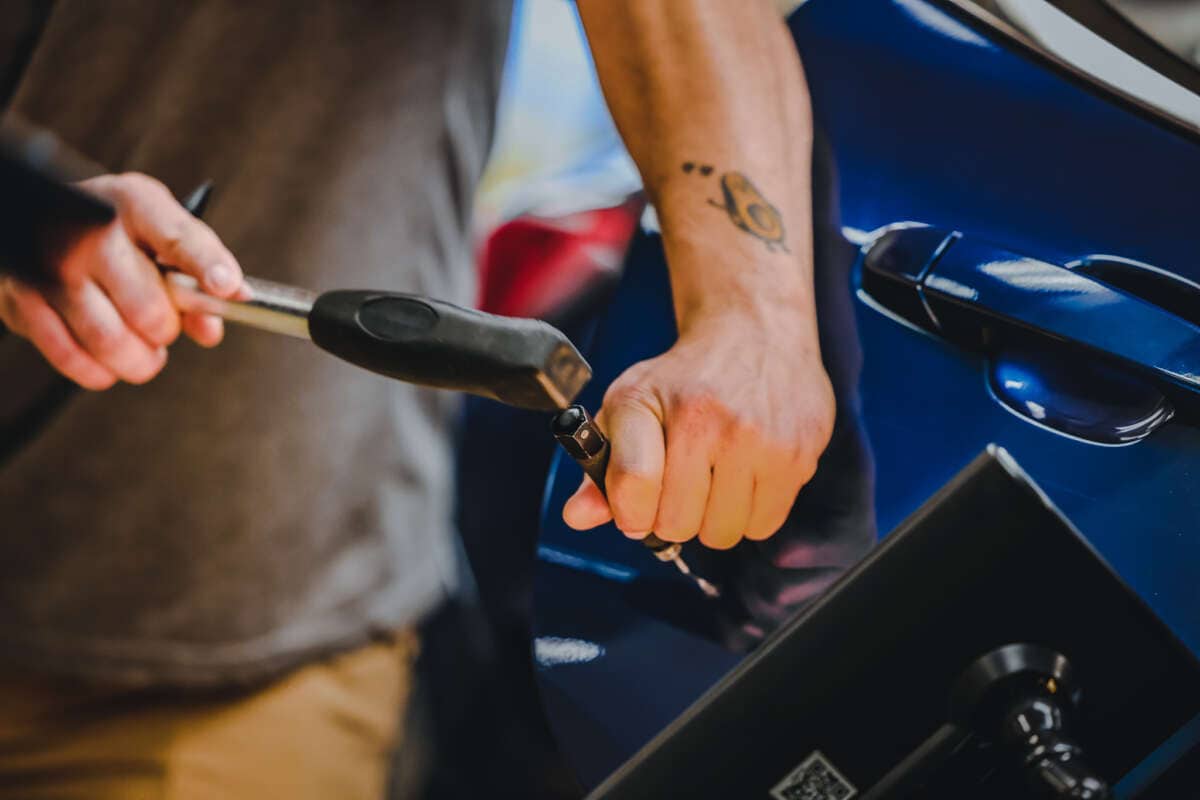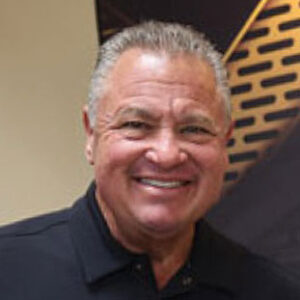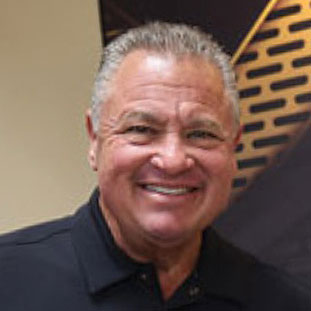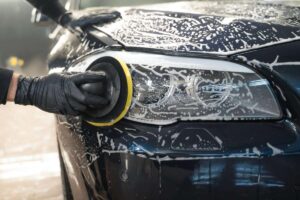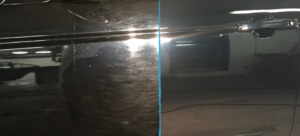In the world of automotive repair, Paintless Dent Repair (PDR) shines as a method that not only restores vehicles to their former glory but does so with a finesse and precision that traditional methods often can’t match. For those unfamiliar with PDR, it’s more than just a repair technique; it’s an art form requiring specialized tools and a high level of expertise. At Ding King Training Institute, we not only help vehicle owners reclaim their car’s pristine condition but also equip aspiring technicians with the trade skills necessary to master this craft. This blog post delves into the unique tools and techniques that set PDR apart, showcasing how we serve both our customers and our students.
The Craft of PDR: A Non-Invasive Approach
At its core, PDR is designed to remove minor dents and dings from a vehicle’s exterior without the need for extensive bodywork or repainting. Unlike traditional methods, which often involve filling dents with body filler and repainting, PDR focuses on carefully massaging the dent out from the inside of the panel. This technique preserves the original paint and factory finish, maintaining the vehicle’s value and appearance. At Ding King, we emphasize this non-invasive approach in our training, ensuring that our students learn how to perform these repairs with the utmost care and precision.
The Essential Tools of PDR
The effectiveness of PDR lies in the unique tools used by technicians. At Ding King Training Institute, we provide our students with hands-on experience using these essential tools, ensuring they are well-prepared to meet the demands of the job.
-
- PDR Rods and Hooks: These are the primary tools in a technician’s arsenal. They come in various shapes, sizes, and lengths, allowing technicians to access dents in different locations. The rods are typically made of high-strength steel, with tips that can be sharp, blunt, or rounded to accommodate different types of dents.
- Whale Tails: These flat, double-sided tools are used to access tight spaces where traditional rods might not fit. They are particularly useful for working on door panels and other narrow areas.
- Dent Lifter/Glue Pulling Kit: When dents are inaccessible from behind, technicians turn to glue pulling. This method involves applying a special adhesive to a tab, which is then attached to the dent. Using a dent lifter, the technician pulls the dent outward. The glue is later removed without damaging the paint, making this technique ideal for shallow dents on flat surfaces.
- Light Boards and Reflection Tools: Precision is key in PDR, and to achieve it, technicians use specialized light boards or line boards. These tools cast a series of lines or reflections across the dent, allowing the technician to see the smallest imperfections in the metal. This visual aid is crucial for ensuring that the dent is completely removed without overworking the metal.
- Hammers and Knockdowns: Sometimes, after the initial dent has been mostly removed, there may be high spots or small imperfections that need to be leveled out. PDR technicians use specialized hammers and knockdowns to tap down these areas, blending them seamlessly with the rest of the panel.
The Techniques That Define PDR
Using these tools effectively requires a deep understanding of metal behavior and a practiced hand. At Ding King, we focus on teaching these key techniques, ensuring our students are proficient in the following:
- Metal Manipulation: PDR technicians learn to read the way metal moves and behaves under pressure. This allows them to manipulate the dent from behind the panel, slowly and methodically working it out without causing additional damage.
- Controlled Pressure Application: Unlike traditional methods that may rely on brute force, PDR is all about finesse. Technicians apply controlled pressure with their tools, gently coaxing the dent out. This ensures that the metal isn’t overstressed, which could lead to cracking or stretching.
- Glue Pulling Precision: Glue pulling is a technique that requires a delicate touch. The technician must know exactly how much pressure to apply when pulling the dent and how to remove the glue without damaging the paint. It’s a balance of strength and gentleness that only comes with experience.
- Blending: After the bulk of the dent is removed, blending is the final step that ensures the repair is invisible. This technique involves using knockdown tools and hammers to smooth out any remaining imperfections, matching the texture of the surrounding panel.
How Ding King Training Institute Serves Both Customers and Students
At Ding King Training Institute, our mission extends beyond repairing vehicles—we’re dedicated to cultivating the next generation of skilled PDR technicians. Our comprehensive training programs are designed to equip students with the knowledge and hands-on experience necessary to excel in the field. Meanwhile, our professional technicians continue to deliver top-notch service to vehicle owners, ensuring their cars are restored to their original condition with precision and care.
Conclusion
Paintless Dent Repair is more than just a method; it’s a testament to the skill and precision required to restore a vehicle without compromising its original finish. At Ding King Training Institute, we take pride in teaching these unique tools and techniques, empowering our students to become experts in the field while providing exceptional service to our customers. Whether you’re looking to learn the trade or need your vehicle repaired, Ding King stands out as a leader in the PDR industry, combining expertise, efficiency, and craftsmanship in every project we undertake.

